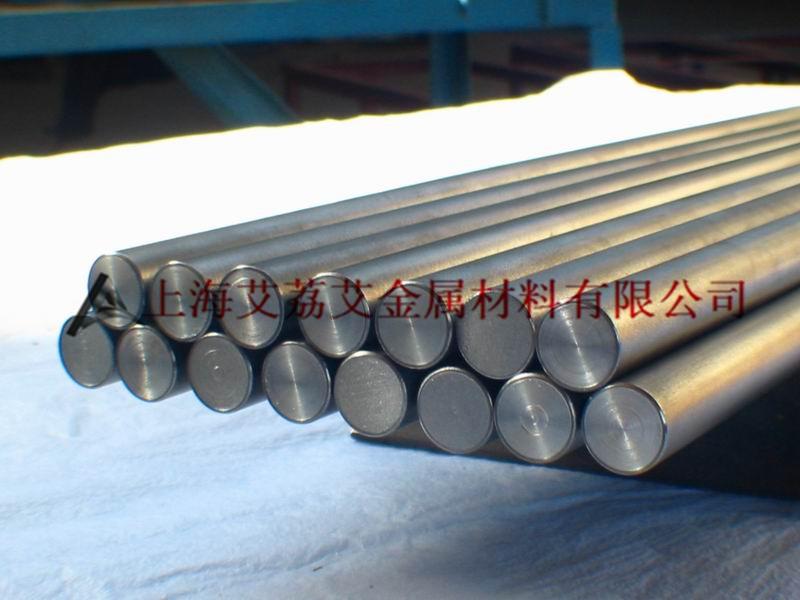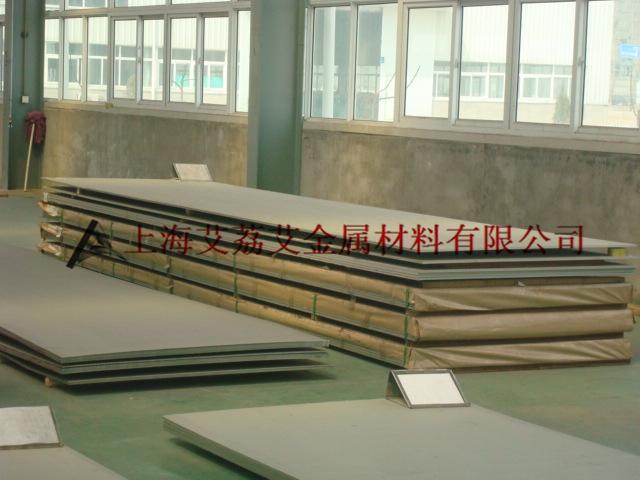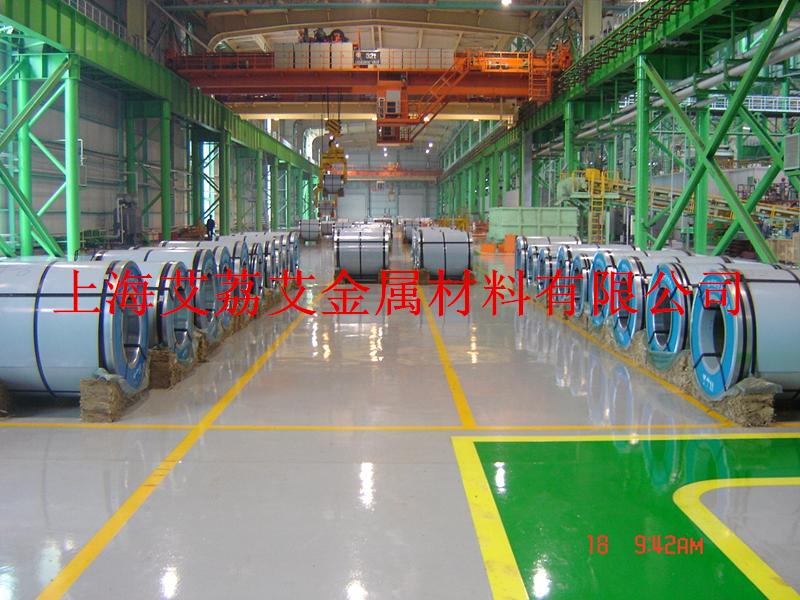产品分类
美国卡朋特进口Carpenter 316L-SCQ不锈钢棒圆钢钢板材钢管化学成分物理性能
| Identification | ||||
| UNS Number | ||||
|
||||
| Type Analysis | ||||||||||||||||||||||||||||||||
|
Single figures are nominal except where noted.
|
||||||||||||||||||||||||||||||||
|
||||||||||||||||||||||||||||||||
| General Information | ||
| Description | ||
|
316L-SCQ® stainless is an austenitic stainless designed for use where extremely good surface finishes are required. The corrosion resistance and mechanical properties of 316L-SCQ stainless are similar to Type 316L. Typical specifications for bar products are ASTM A-276 and SEMI F20. |
||
| Applications | ||
|
316L-SCQ stainless could be considered for use in applications where cleanness, resulting in reduced inclusions, is advantageous in thin-wall components such as valves and fittings. |
||
| Corrosion Resistance | ||||||||||||||||||||||
|
Due to its superior corrosion resistance, the use of 316L-SCQ stainless has been extended to handling many of the gasses used in semiconductor manufacturing and chemicals used by chemical process industries. |
||||||||||||||||||||||
|
Important Note:The following 4-level rating scale is intended for comparative purposes only. Corrosion testing is recommended; factors which affect corrosion resistance include temperature, concentration, pH, impurities, aeration, velocity, crevices, deposits, metallurgical condition, stress, surface finish and dissimilar metal contact.
|
||||||||||||||||||||||
| Properties | ||
| Physical Properties | ||
| Specific Gravity | ||
| -- | 7.95 | |
| Density | ||
| -- | 0.2870 | lb/in³ |
| Mean Specific Heat | ||
| -- | 0.1200 | Btu/lb/°F |
| Mean CTE | ||
| -- | 10.3 | x 10-6 in/in/°F |
| Electrical Resistivity | ||
| -- | 445.0 | ohm-cir-mil/ft |
| Heat Treatment | ||
| Annealing | ||
|
Heat to 1850/2050°F (1010/1121°C) and water quench. Brinell hardness approximately 150. |
||
| Hardening | ||
|
Cannot be hardened by heat treatment. Hardens only by cold working. |
||
| Workability | ||
| Hot Working | ||
|
316L-SCQ stainless can be readily forged, upset and hot headed. |
||
| Forging | ||
|
To forge, heat uniformly to 2100/2300°F (1149/1260°C). Do not forge below 1700°F (927°C). Forgings can be air cooled. |
||
| Cold Working | ||
|
316L-SCQ stainless can be deep drawn, stamped, headed and upset without difficulty. Since this alloy work hardens, severe cold forming operations should be followed by an anneal. |
||
| Machinability | ||
|
316L-SCQ stainless machines with chip characteristics that are tough and stringy. The use of chip curlers and breakers is advised. Since the austenitic stainless grades work harden rapidly, heavy positive feeds should be considered. |
||
|
|
||
|
|
||
| Additional Machinability Notes | ||
|
Figures used for all metal removal operations covered are averaged. On certain work, the nature of the part may require adjustment of speeds and feeds. Each job has to be developed for best production results with optimum tool life. Speeds or feeds should be increased or decreased in small steps. |
||
| Weldability | ||
|
316L-SCQ alloys are readily welded using Gas Tungsten Arc, Plasma, Laser and Electron Beam Welding techniques. Extra attention should be paid, however, to the weld penetration and bead geometry because of the effects on sulfur on the physics of the weld puddle. The penetration ratio (ratio of depth to bead width) increases with an increase in sulfur content up to about .03%. Conversely, the weld bead will become shallow and broader as the sulfur content decreases. The weld bead geometry and location can be a problem if components with significantly different sulfur levels are joined. Where possible, it is suggested that both components have similar sulfur contents. When this is not possible, good welds are possible between two components with significantly lower sulfur (0.004% vs.: 0.008 % sulfur) through carefully positioning the welding electrode and selection on the shielding gases. |
||
| Other Information | ||||||||||
| Metallurgical Requirements | ||||||||||
|
|
||||||||||
|
|
||||||||||
| Applicable Specifications | ||||||||||
|
||||||||||
| Forms Manufactured | ||||||||||
|
||||||||||


